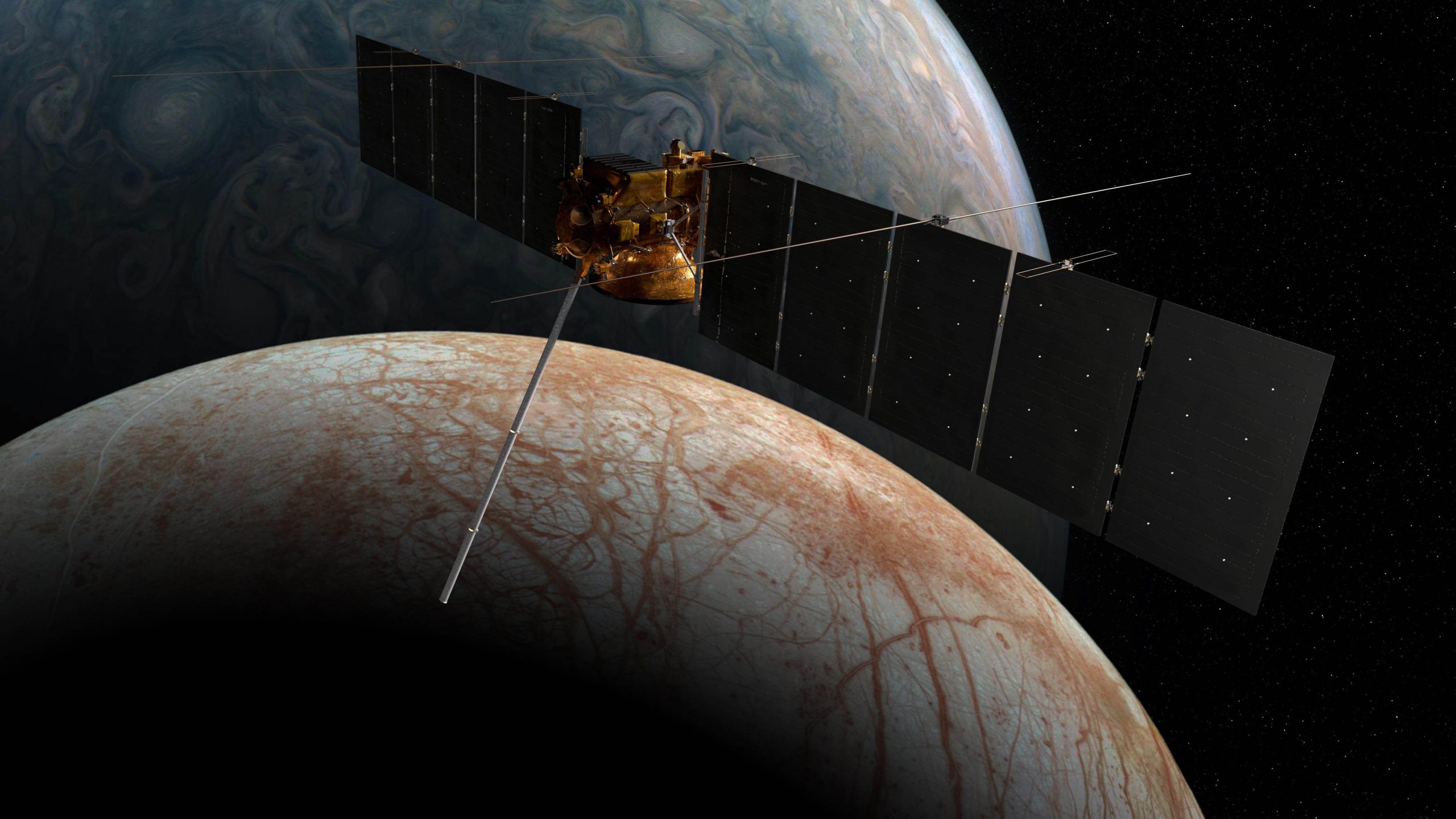Science: In three weeks, NASA’s Europa Clipper spacecraft will lift off on a long-awaited mission to study Jupiter’s icy moon Europa. Scientists believe it’s the best way to search for life beyond Earth. According to the agency’s original schedule, the launch is still set for October 10, which is a relief for scientists because just a few months ago the team discovered several potentially faulty transistors that could have jeopardized the mission.
Any signs of life on Europa would likely be hidden in the vast, dark ocean that scientists say flows beneath the moon’s roughly 10-mile-thick icy crust. However, the $5 billion European Clipper ship won’t be looking for life. Instead, scientists will try to determine if Europa has the conditions necessary for life (at least as we know it).
“There’s very strong evidence that the elements of life exist on Europa, but we still have a lot of time to detect it,” Bonnie Buratti, deputy mission scientist for the Europa Clipper mission, told reporters during a news conference Tuesday. (Sept. 9) (17). I’m going to go there.” “We’re looking for chemicals on the surface, organic chemicals that are precursors to life.” The spacecraft is currently loaded with fuel and scheduled to launch on a SpaceX Falcon Heavy rocket from Launch Complex 39A at NASA’s Kennedy Space Center in Florida. If all goes according to plan, the probe will travel 1.8 billion miles (2.9 billion kilometers) and reach Jupiter in April 2030.
